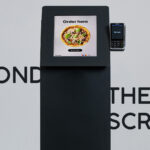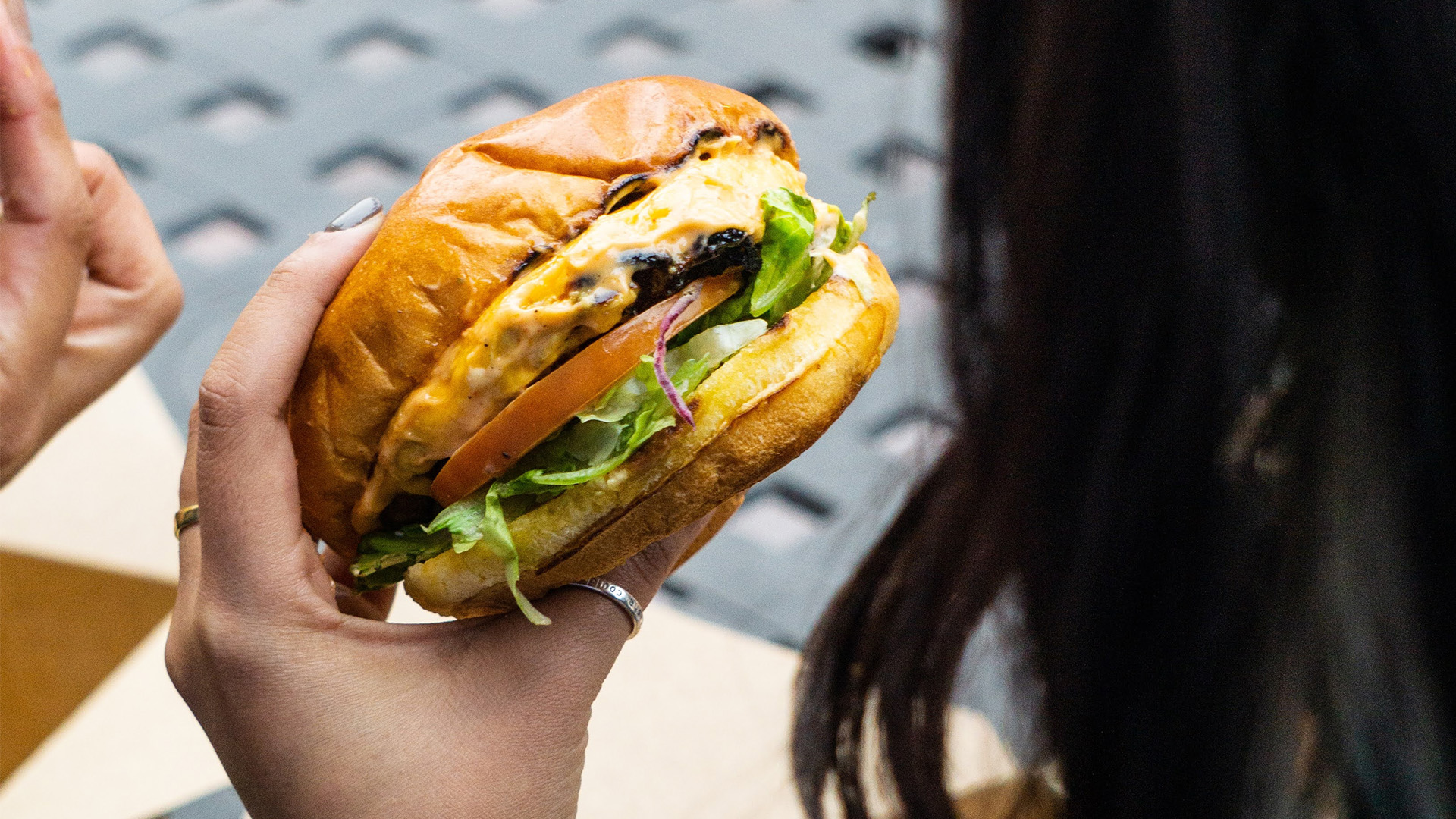Published by
Just take a look around the restaurant industry.
Having an app and web ordering is no longer enough for quick-service restaurants to bank on meeting customer expectations. At the start of the pandemic, restaurants were thrown in at the deep end and forced to manage a dual threat of both keeping workers safe and the sudden shutdown of the dining room. Firms that had existing curbside experiences saw sudden adoption—those who had mobile ordering benefited greatly and the rest saw drive thru line acting as the primary driver of their business. Curbside adoption alone experienced a five-fold increase during the pandemic, growing from 15 to 71 percent.
Many boards and executive teams had to confront a difficult reality: they had underinvested in digital and needed to accelerate capabilities ASAP. The focus of entire executive teams shifted overnight and digital became priority number one. The old adage of the “unattainable triangle” between speed, quality, and cost was truer than ever. We saw many brands go from no digital to digitally-enabled in ten weeks or less by implementing ‘off the shelf’ solutions and “product accelerator” approaches to get to market quickly. With the “box checked” and a leader installed to manage the new digital platforms, executives shifted focus to other things, such as the emerging labor crisis in the quick-service space.
While it’s important to celebrate victories and the tremendous lift that IT, marketing, and product teams made to implement a digital ordering solution, it’s important to not confuse the starting line with the finish line. Changes in spend—associated with pent up demand from the pandemic—aside, as a leader in the quick-service space, you can’t lose focus on the future.
If your organization does not continue to allocate more and more budget to digital operations year over year, you’ll find your brand susceptible to two serious headwinds:
A reduction in guest frequency and brand consideration, as share of wallet is creatively exploited by competitors who have formed closer relationships with guests.
Devaluation by analysts and investors. Make no mistake—analysts are closely following and applying digital maturity scores to quick-serves and as more of the business becomes digitized, the relative weight of this factor will only increase.
Chipotle is setting anexample of what to do. Strategically doubling down on a digital-first approach has seen digital sales soar 177 percent in one year. Nearly one half of sales now come from digital. Long-term growth now lies in creating emphasized change and a digital-first culture that will see a brand through the next 36 months, not 12.
White Label Solutions Will Only Get Brands So Far
There are endless tech options on the market for brands, but they usually allow for the immediate expansion of a particular feature. Despite the quick-service restaurant space being considered a frontrunner in digital sales trends, customer satisfaction remains low in some areas. According to a recent survey from Incisiv, only 40 percent of respondents were satisfied with their pickup experience and a mere quarter with delivery. The same report notes the overall digital maturity in the segment remains a “low-medium”. It’s clear that digital needs are shifting from simply fulfilling an online order, to preparing for heightened customer expectations for seamless, minimal contact. It’s even been estimated that digital sales will make up more than half (54 percent) of all quick-serves and limited-service restaurants sales by 2025, meaning brands will have to innovate off-premise models to remain relevant.
So, while restaurants take action in ramping up online-ordering mechanisms, we need to pay more attention to creating consistent, engaging digital outreach and customer service. To create a digital ecosystem that consumers really want, and account for stronger future demand, players will place more importance in building out internal capabilities and investing in emerging technologies. Think outside the box—everything from implementing pay at table options to reduce waiting times, to delivery drones to reach more customers, faster.
Wingstop is considered a challenger due to its commitment to digital upgrades. The chicken wing chain has outperformed Wall Street’s best restaurant stocks, including Domino’s and Chipotle, surpassing $1 billion in digital sales in 2020. That’s 60 percent of the company’s total sales. Wingstop knows its customers and uses it to its advantage. It knows delivery is becoming a greater growth opportunity, because guests using this channel tend to be new. Wingstop also plans for personalization to play a bigger role in generating repeat custom from the growing new digital customer base and loyal returners. Taco Bell, on the other hand, generates just 10 percent of its sales through digital channels, due to consistent underinvestment and lack of aligned aspirations at a leadership level.
Creating a Digital-First Culture
A Rakuten study found customers who wait under two minutes for an order are four times more likely to repeat purchase, revealing that opportunity lies in efficiency. But it doesn’t always matter how long it takes the order to be completed—if operations can’t run a tight ship, a restaurant won’t drive long-term results. Why isn’t Taco Bell’s digital ordering getting widely utilized? Because its operations, marketing, technology, product and digital strategies aren’t in sync. Taco Bell has digital, without really using digital.
A digital-first company culture, that’s aligned with ever-evolving customer expectations, should be engrained. Providing staff with resources to understand the new technologies available to them, through training across all units, will help ordering service remain relevant and personalized. Chick-fil-A has a great ability to not only keep customers engaged, but also provide tailored service. The fast food chain knows how to drive digital as part of its culture, and creates synergies between high tech and high touch to ensure the customer leaves satisfied. Although as simple as it may sound, I ordered a meal digitally from a Chick-fil-A recently and its customer service team actually texted me to say they didn’t have lemons at that moment to make my drink. It left me feeling valued and that my experience mattered to them, hence why I’ve returned since. Collaborating with a long-term digital growth partner can guide brands on how to orchestrate their teams in this way, to ensure operations are leveraging digital throughout the customer journey.
Plan Ahead
Restaurant chains are in the habit of implementing standardized solutions that aren’t designed to create the best ROI or long-term growth. Drawing on lessons from the past year, quick-serves should be shifting priorities to achieve greater future digital penetration. Emphasized change should be seen in operating models put in place to weather industry uncertainty and increased competition from grocers and subscription services. There’s plenty of runway for digital growth, but to tap into this, brands must drive change as part of their culture. Teams that can establish shared digital goals across departments can unlock the true value of digital.
Share:
Categories
tags
Related Posts


The Great Big Budget Cut: Prioritization


